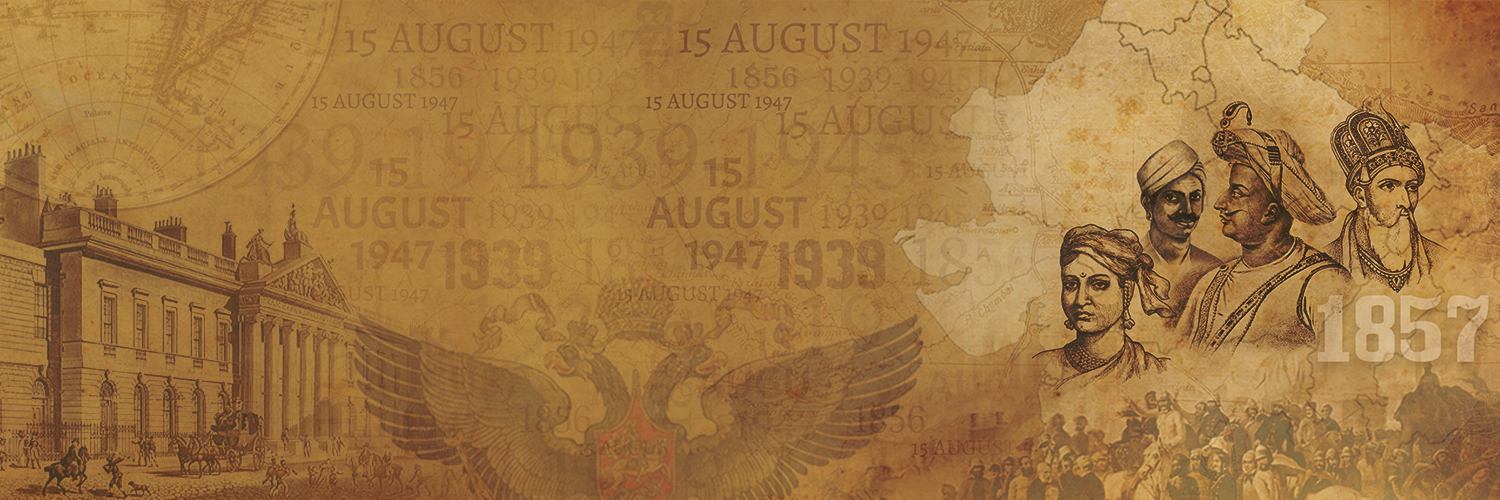The Age of Revolutions: 1830-1848
- As conservative regimes tried to unite their power, many European regions such as the Italian and German states, the provinces of the Ottoman Empire, Ireland and Poland got associated with revolutions for liberalism and nationalism.
- The first disturbance took place in France in July 1830.
- The Greek war of independence mobilised nationalist feelings among the educated elite across Europe.
The Romantic Imagination and National Feeling:
- Romanticism was a cultural movement which sought to develop a particular form of nationalist sentiment.
- Instead of glorifying of reason and science, Romantic artists and poets focused on emotions, intuition and mystical feelings.
- Language too played an important role in developing nationalist sentiments.
Hunger, Hardship and Popular Revolt:
- The 1830s saw great economic hardship in Europe.
- In 1848, the rise of food prices led to widespread pauperism in town and country.
1848: The Revolution of the Liberals:
- Events of February 1848 in France had brought about the rejection of the monarch and a republic based on universal male suffrage had been proclaimed.
- The issue of extending political rights to women was a controversial one within the liberal movement.
- Monarchs were beginning to realise that the cycles of revolution and repression could only be ended by granting concessions to the liberal-nationalist revolutionaries.
The Making of Germany and Italy:
Germany – Can the Army be the Architect of a Nation?
- After 1848, Prussia took on the leadership of the movement for national unification.
- Its chief minister, Otto von Bismarck, was the architect of this process carried out with the help of the Prussian army and bureaucracy.
- Three wars were fought over seven years with Austria, Denmark and France.
- Eventually, Prussia emerged victorious and completed the process of unification.
Italy Unified
- During the middle of the nineteenth century, Italy was divided into seven states, of which only one, Sardinia-Piedmont, was ruled by an Italian princely house.
- During the 1830s, Giuseppe Mazzini had sought to put together a coherent programme for a unitary Italian Republic.
- Chief Minister Cavour led the movement to unify the regions of Italy.
- A large number of armed volunteers under the leadership of Giuseppe Garibaldi joined the fight.
- In 1861, Victor Emmanuel II was proclaimed king of united Italy.
The Strange Case of Britain
- The formation of the nation-state in Britain was the result of a long-drawn-out process and not of a sudden upheaval or revolution.
- The Act of Union of 1707 between England and Scotland resulted in the formation of the ‘United Kingdom of Great Britain’.
- The symbols of the new Britain were the British flag (Union Jack), the national anthem (God Save Our Noble King), the English language.
